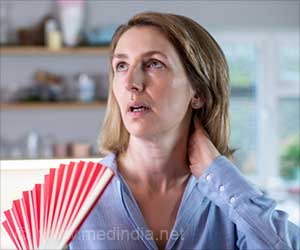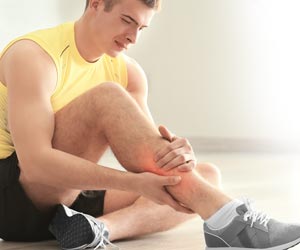The approach detects and measures limit cycle oscillations, or the tendency of a system to become unstable despite corrective efforts.

‘Limit cycle oscillations (LCOs) help in understanding postural instability and may also have important implications for the detection of neuromuscular deficiencies.
’





"The clinical application is especially promising as the assessment takes less than five minutes, requires standard balance equipment and does not require a medical doctor to perform," he said. The Purdue researchers collaborated with Michael Cinelli, an associate professor at Wilfrid Laurier University in Canada, to study multiple sclerosis patients and athletes who had recently suffered a concussion. Research subjects were monitored as they stood on a "force platform" that records a shifting center of pressure.
"The multiple sclerosis patients had mild symptoms, and yet we were able to measure a significant difference compared to healthy controls," said James R. Chagdes, an assistant professor in the Department of Mechanical and Manufacturing Engineering at Miami University and lead author of a paper about the research published online on March 24 in the Journal of Biomechanics.
The technique, which might be used to diagnose and assess the severity of concussions, makes it possible to separate the LCOs from a person's natural postural sway.
"Even if you are trying to stand still there is some fluctuation, a random component of postural sway that all people have," said Shirley Rietdyk, a professor in the Department of Health and Kinesiology in Purdue's College of Health and Human Sciences. "We have figured out how to robustly detect the limit cycle oscillations even though we've got this natural random fluctuation also going on."
Advertisement
"LCOs are not only key to understanding postural instability, but also may have important implications for the detection of neuromuscular deficiencies," said Chagdes, a former Purdue doctoral student.
Advertisement
Findings showed 67 percent of people with multiple sclerosis exhibited intermittent LCOs, compared to 8 percent for controls; 44 percent of concussed athletes exhibited the LCOs, compared to zero percent for controls. Of the concussed athletes, one still exhibited LCOs after returning to play, suggesting he still had impairment.
"The absence of LCOs in older adults affirms that dynamic instability in quiet stance arises specifically due to chronic or acute neurological deficit and not simply due to aging," Haddad said.
The LCO measurement can be used not only for detecting neuromuscular impairment but also might facilitate diagnosis and treatment of specific disorders and used to assess the effectiveness of treatment.
In future research, a new robotic platform will be used in attempts to increase the sensitivity of the method and determine the extent of the disease or condition causing the LCOs. The technique could become a prognostic tool, providing information about how far along a disease or condition is.
Source-Newswise









